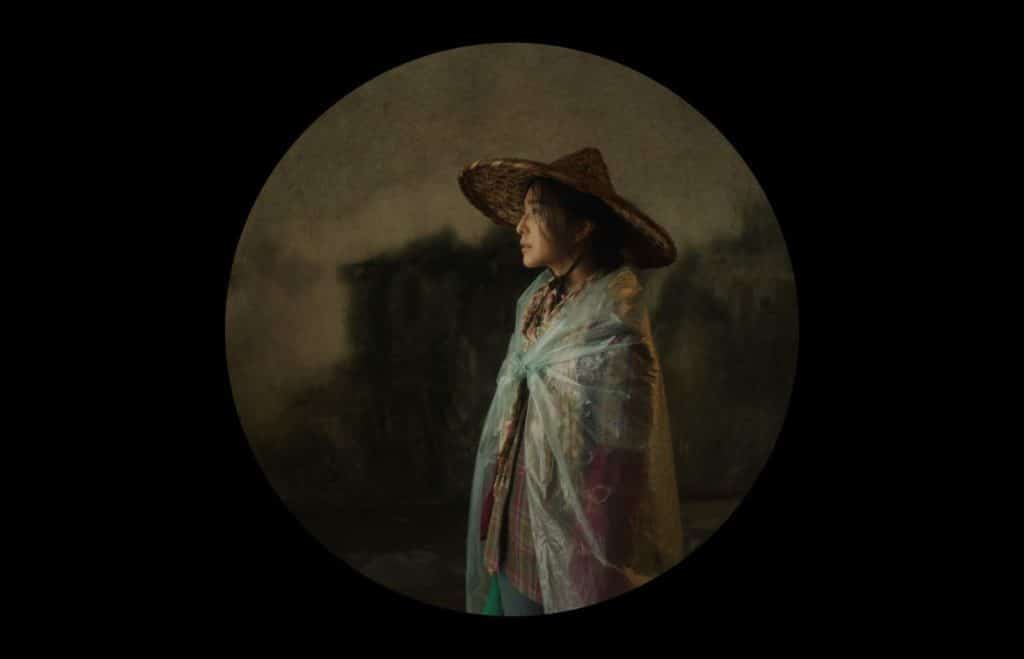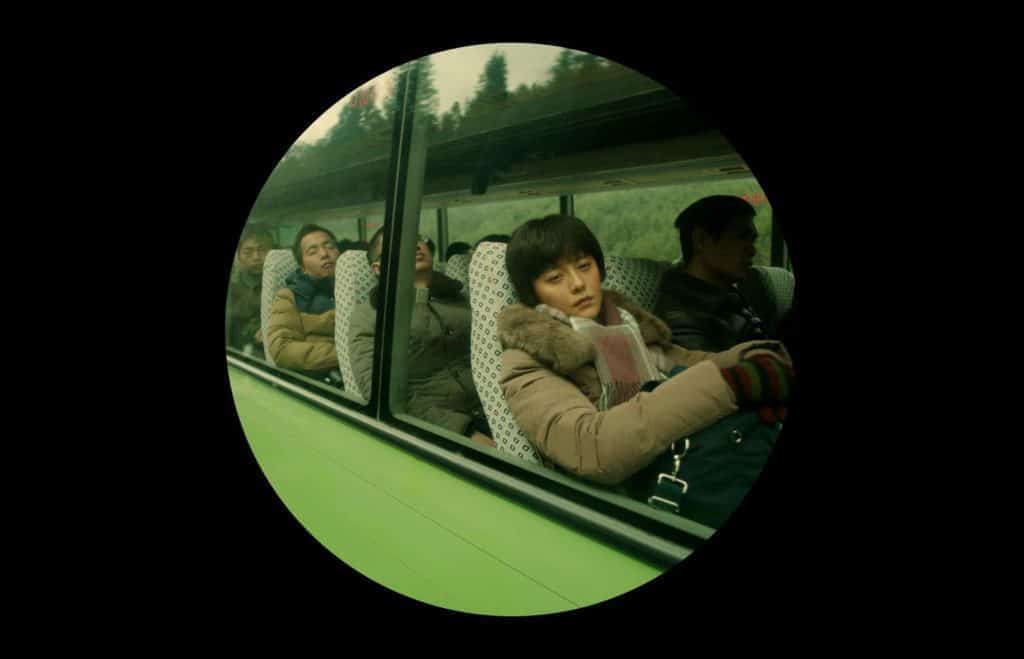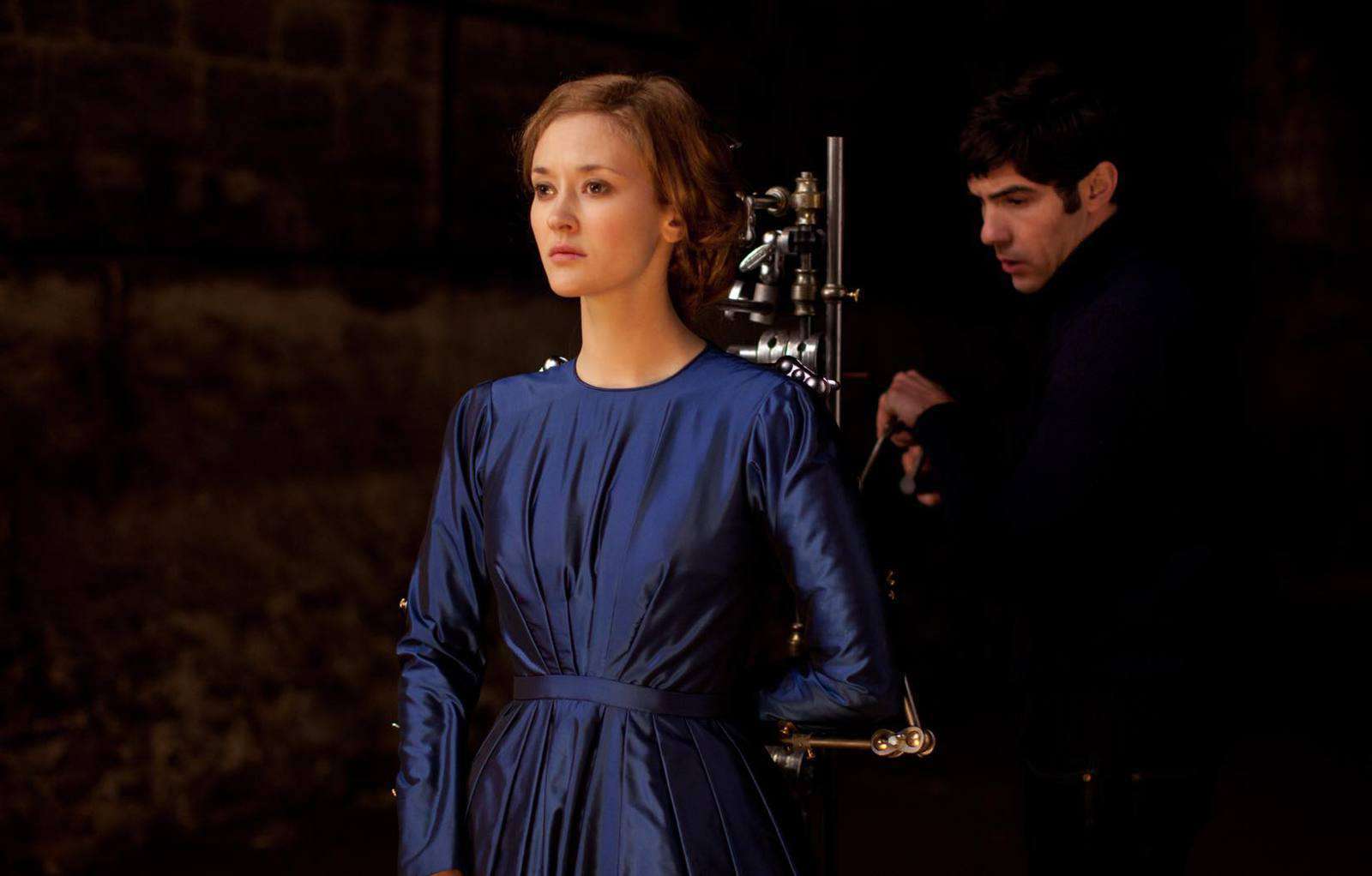Feng Xiaogang experiments with new aspect ratios in I Am Not Madame Bovary, his caustically funny satire of Chinese bureaucracy. Starring Fan Bingbing, the film feels more like a fable than a realistic tale.

I Am Not Madame Bovary, Feng Xiaogang’s caustically funny satire of Chinese bureaucracy, feels more like a fable than a realistic tale. The story has a curious internal logic, and the focus is less on psychological realism than on a sort of matter-of-fact humour about the pettiness of human motivations.
To that end, even at its nuttiest, the film remains low-key. The visuals are a painterly composition of neutrals and earth tones enlivened occasionally by a hint of turquoise or red. Like the colours, the film’s pacing is deliberate. It clocks in at just over two hours, and we feel every minute, even with regular laughs.
Provincial peasant Lian (Fan Bingbing) wants a divorce. Or rather, she wants her (allegedly fake) divorce annulled, so that she can re-marry her feckless former husband Qin and then divorce him “for real”. But after a court rules that the divorce must stand, Lian ambushes local bureaucrats to complain of injustice. When they give her the brush-off, Lian takes her grievances directly to the annual National People’s Congress in Beijing. Before heading to the city, Lian gives her ex-husband one last chance: if he’ll admit that their divorce was a scam, she’ll drop the whole thing. Instead, Qin publicly labels her a “Madame Bovary” — the Chinese term for a scheming slut.
Politicians and bureaucrats are utterly unequipped to deal with Lian, whose mulishness is an untapped force of nature. Brusque, bloody-minded, and ferociously convinced of the rightness of her cause, Lian first irritates and then flabbergasts local grandees, each of whom is only out to pass the buck and play the game. No-one comes off well except for, oddly, Lian herself. Her stubborn belief in the justice of her absurd case feels strangely pure, even when she’s impulsively plotting murder.

To someone not familiar with the connotations of the term, the title I Am Not Madame Bovary seems like a bit of a misnomer, because the film doesn’t provide much insight into how this slur actually impacts Lian. We’re told repeatedly that Lian’s true humiliation is garnering the “Madame Bovary” label, but its implications and effects on Lian never make it to the screen. We don’t see much of Lian’s life outside her crusade, so we never see if the label changes how she interacts with others. Nor is it clear how achieving redress against Qin (and the entire local bureaucracy) would serve as compensation for a slur we never adequately understand.
Xiaogang makes us frustratingly conscious of what we can’t see by varying the film’s aspect ratios according to where the action is taking place. In the provinces, where most of the film is set, we see only a circle of film in the centre of the screen, surrounded by blackness. It’s like looking down a telescope or through a keyhole. In Beijing, the film opens up to fill a thin rectangle in the middle of the screen, but dark gutters remain on either side. This makes us struggle for detail as we peer at the cropped images onscreen, instead of allowing us to immerse ourselves in the story. Where the characters are impacts how we see the film, an insistent reminder that characters’ physical location changes and limits their perspective on events.

